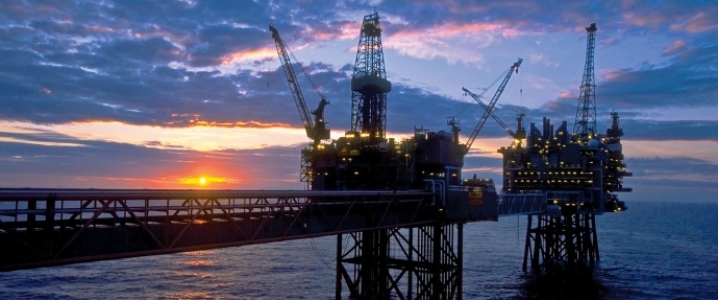www.aljazeerah.info
Opinion Editorials, January 2018
Archives
Mission & Name
Conflict Terminology
Editorials
Gaza Holocaust
Gulf War
Isdood
Islam
News
News Photos
Opinion Editorials
US Foreign Policy (Dr. El-Najjar's Articles)
www.aljazeerah.info
Is An Oil Price Spike Inevitable? By Irina Slav Oil Price, Al-Jazeerah, CCUN, January 16, 2018 |
 |
 |
|
The oil glut is over, at least when it comes to U.S. commercial inventories: over the past two months they have been within the average range for the season, thanks to hefty draws. These draws, one analyst argues, are a signal of higher-than-expected demand that is not only an American trend but a global one.
Judging by recent price movements, Flynn is hardly an exception: Brent touched $70 last week, a level only the most bullish of the bulls hoped to see at this time of the year as doubts about OPEC and Russia’s ability to offset growing American production persisted. Now, with new discoveries continuing to sit at record lows, there is a chance that $70 a barrel is only the beginning—as long as demand delivers on expectations, that is.
For now, global crude oil demand forecasts seem to be overwhelmingly positive. The EIA, in its latest Short-Term Energy Outlook, forecast global oil consumption growth of 1.7 million bpd this year and a bit less in 2019.
The International Energy Agency is a bit more guarded, forecasting in its latest Oil Market Report an average demand growth rate of 1.3 million bpd for this year. This would be a slowdown from last year’s 1.5 million barrels daily, but still a robust growth rate, in spite of the wider adoption of EVs and the increase in renewable power generation capacity.
If these forecasts turn out to be accurate—the oil market is notoriously difficult to predict—then we could see a real price spike before too long. In fact, we could see a deficit at some point in the future, according to Flynn, who estimates that the one-trillion-dollars in exploration investments that fell victim to the 2014 price collapse could cause a global production drop of between 8 and 11 million barrels per day.
Flynn likens this scenario to one of today’s top three producers—Russia, Saudi Arabia, or the United States—stopping production entirely. But in reality, this drop-off in production—if it materializes, will not be as sudden as if Saudi Arabia or Russia turned off the taps—it would be a gradual drop off. In fact, given the right circumstances, it could be so gradual that its impact on oil prices could be minimal.
This, however, is a scenario neither producers nor the renewable energy sector would favor. Both camps are interested in higher prices, albeit for different reasons. Higher oil prices would help oil-dependent producers make ends meet and even turn in a profit at some point. They would also make renewables more attractive, including in the EV sector and in power generation.
The latest demonstration of this link between fossil fuel prices and renewables adoption came from Australia: the country added a record-high amount of solar power capacity last year amid higher electricity prices, which were caused by lower supply of coal and natural gas—the fuels that generate most of Australia’s electricity at the moment.
Is an oil price spike inevitable? It’s too early to say, despite those investments that never materialized. OPEC and Russia, as well as their smaller partners in the production cut, are capable of bringing back online the 1.8 million bpd that they have choked off. The bulls may have to wait a while longer for a further price spike.
https://oilprice.com/Energy/Energy-General/Is-An-Oil-Price-Spike-Inevitable.html
***
Share the link of this article with your facebook friends
|
|
|
|
||
|
||||||


